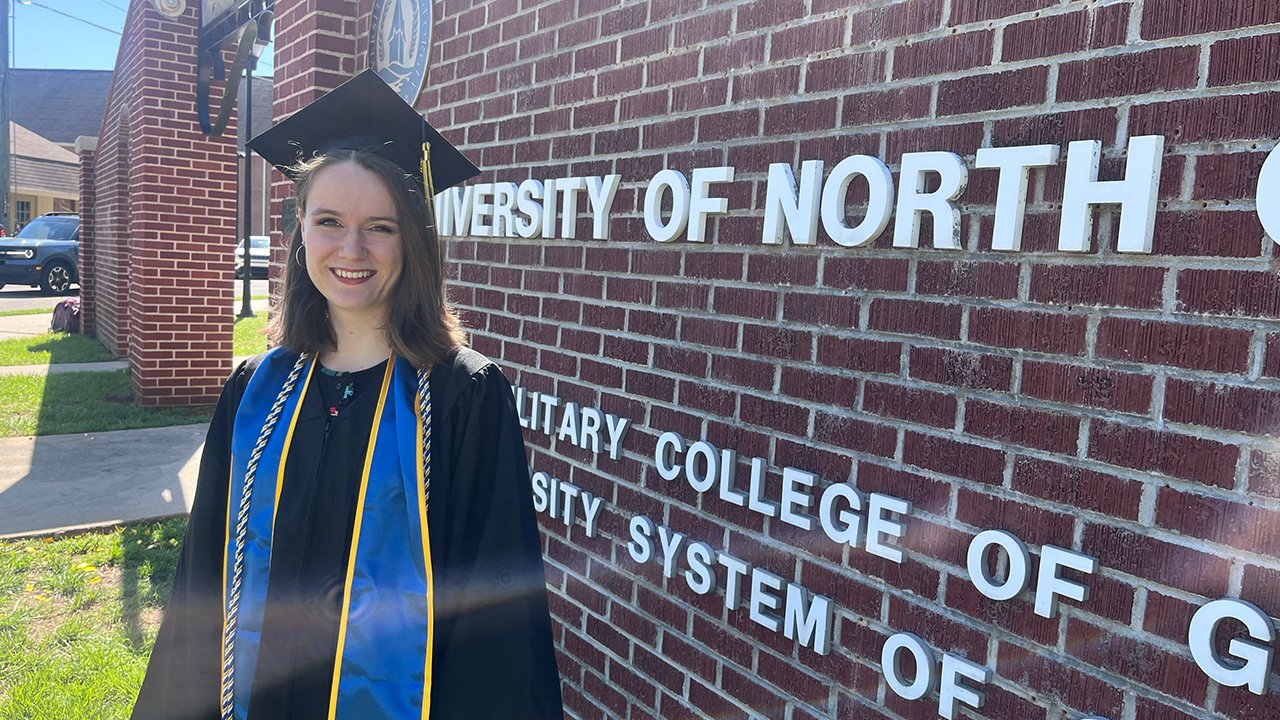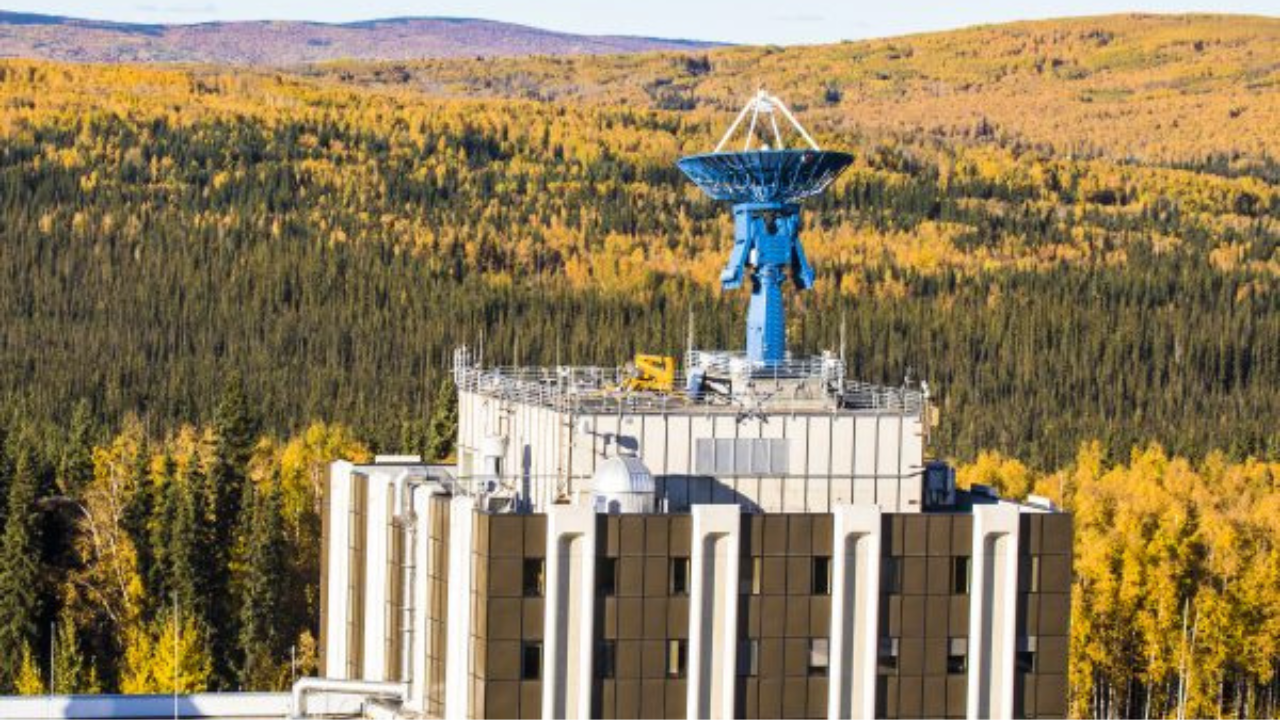The University of Alaska Fairbanks (UAF) Geophysical Institute has long been recognized as a pioneer in geophysical research, but its contributions extend far beyond the realms of seismology, volcanology, and space physics. One of its most critical and lesser-known roles is its partnership with the United States Department of Defense (DoD) to provide global nuclear monitoring and detection support. This collaboration underscores the institute’s importance not only to Alaska but also to national and global security. Through cutting-edge technology, innovative research, and a commitment to excellence, the UAF Geophysical Institute plays a vital role in safeguarding the world from the threats posed by nuclear proliferation and testing. This article explores the institute’s partnership with the DoD, its contributions to nuclear monitoring, and the broader implications of this work.
A Legacy of Scientific Innovation
The UAF Geophysical Institute was established in 1946 with a mission to study the geophysical phenomena unique to Alaska and the polar regions. Over the decades, it has grown into one of the world’s leading research institutions, renowned for its expertise in seismology, atmospheric sciences, and remote sensing. Its location in Fairbanks, Alaska, provides a strategic advantage for monitoring global geophysical activity, including nuclear explosions.
The institute’s partnership with the DoD is rooted in its long history of excellence in geophysical research. Its scientists have developed advanced technologies and methodologies for detecting and analyzing seismic, infrasound, and radionuclide signals, which are critical for identifying nuclear explosions. This expertise has made the institute an invaluable partner in the DoD’s efforts to monitor and enforce international nuclear treaties.
The Importance of Nuclear Monitoring and Detection
Nuclear weapons pose one of the most significant threats to global security. The proliferation of nuclear technology and the potential for unauthorized testing or use of nuclear weapons have made monitoring and detection a top priority for governments and international organizations. Effective nuclear monitoring serves several key purposes:
- Treaty Verification: International treaties, such as the Comprehensive Nuclear-Test-Ban Treaty (CTBT), rely on robust monitoring systems to ensure compliance. By detecting and analyzing nuclear explosions, monitoring systems help verify that signatory states are adhering to their commitments.
- Deterrence: The ability to detect nuclear tests in real-time acts as a deterrent to nations considering unauthorized testing. Knowing that any explosion will be detected and reported discourages violations of international agreements.
- Early Warning: Rapid detection of nuclear explosions provides early warning to governments and emergency responders, enabling them to take appropriate action to protect civilians and infrastructure.
- Scientific Research: Monitoring nuclear explosions contributes to our understanding of seismic and atmospheric phenomena, advancing scientific knowledge and improving detection capabilities.
The UAF Geophysical Institute’s Role in Nuclear Monitoring
The UAF Geophysical Institute’s partnership with the DoD is a cornerstone of its nuclear monitoring efforts. The institute operates state-of-the-art facilities and employs a team of world-class scientists who specialize in detecting and analyzing nuclear explosions. Its contributions to this field are multifaceted, encompassing technology development, data analysis, and international collaboration.
1. Seismic Monitoring
Seismic monitoring is one of the primary methods for detecting nuclear explosions. When a nuclear device is detonated, it generates seismic waves that can be detected by sensors around the world. The UAF Geophysical Institute operates a network of seismic stations in Alaska and beyond, providing real-time data on seismic activity.
- Advanced Sensor Networks: The institute has developed and deployed advanced seismic sensors capable of detecting even small explosions. These sensors are strategically located to provide comprehensive coverage of regions of interest.
- Data Analysis: The institute’s scientists use sophisticated algorithms to analyze seismic data, distinguishing between natural earthquakes and man-made explosions. This analysis is critical for accurately identifying nuclear tests.
2. Infrasound Monitoring
Infrasound refers to low-frequency sound waves that can travel long distances through the atmosphere. Nuclear explosions generate distinct infrasound signatures that can be detected by specialized sensors.
- Infrasound Arrays: The institute operates infrasound arrays that capture and analyze these low-frequency waves. These arrays are part of a global network that monitors atmospheric activity for signs of nuclear explosions.
- Signal Processing: The institute’s researchers have developed advanced signal processing techniques to enhance the detection and analysis of infrasound signals. This technology improves the accuracy and reliability of nuclear monitoring.
3. Radionuclide Detection
Nuclear explosions release radioactive particles, known as radionuclides, into the atmosphere. Detecting these particles provides definitive evidence of a nuclear test.
- Radionuclide Monitoring Stations: The institute operates radionuclide monitoring stations that collect air samples and analyze them for the presence of radioactive particles. These stations are part of the International Monitoring System (IMS) established under the CTBT.
- Laboratory Analysis: The institute’s laboratories are equipped with state-of-the-art instruments for analyzing radionuclide samples. This analysis helps confirm the occurrence of a nuclear explosion and provides insights into its characteristics.
4. Satellite-Based Monitoring
In addition to ground-based monitoring, the UAF Geophysical Institute collaborates with the DoD on satellite-based surveillance of nuclear activity. Satellites equipped with advanced sensors can detect thermal and optical signatures associated with nuclear explosions.
- Remote Sensing Technology: The institute’s researchers have developed remote sensing technologies that enhance the capabilities of satellite-based monitoring systems. These technologies enable the detection of nuclear activity in remote or inaccessible regions.
- Data Integration: The institute integrates satellite data with ground-based monitoring data to provide a comprehensive picture of nuclear activity. This integrated approach improves the accuracy and reliability of detection efforts.
Collaboration with the Department of Defense
The UAF Geophysical Institute’s partnership with the DoD is a testament to its expertise and capabilities in nuclear monitoring. This collaboration involves several key initiatives:
- Technology Development: The institute works closely with the DoD to develop and refine technologies for nuclear detection. This includes advancements in sensor design, data analysis algorithms, and signal processing techniques.
- Operational Support: The institute provides operational support to the DoD by monitoring seismic, infrasound, and radionuclide data in real-time. This support is critical for maintaining situational awareness and responding to potential threats.
- Training and Education: The institute trains DoD personnel in the use of nuclear monitoring technologies and methodologies. This training ensures that the DoD has the expertise needed to effectively monitor and respond to nuclear activity.
- International Collaboration: The institute collaborates with international organizations, such as the Comprehensive Nuclear-Test-Ban Treaty Organization (CTBTO), to support global nuclear monitoring efforts. This collaboration enhances the effectiveness of international treaties and promotes global security.
Broader Implications for Global Security
The UAF Geophysical Institute’s work in nuclear monitoring has far-reaching implications for global security. By providing accurate and reliable detection of nuclear explosions, the institute contributes to:
- Strengthening International Treaties: The institute’s monitoring capabilities enhance the effectiveness of international treaties, such as the CTBT, by providing verifiable data on compliance. This strengthens the global non-proliferation regime and promotes stability.
- Preventing Nuclear Proliferation: The ability to detect nuclear tests in real-time acts as a deterrent to nations considering the development or testing of nuclear weapons. This helps prevent the spread of nuclear technology and reduces the risk of conflict.
- Protecting Civilian Populations: Rapid detection of nuclear explosions provides early warning to governments and emergency responders, enabling them to take action to protect civilian populations and infrastructure.
- Advancing Scientific Knowledge: The institute’s research on nuclear monitoring contributes to our understanding of seismic and atmospheric phenomena. This research has applications beyond nuclear detection, including earthquake monitoring and climate science.
A Model for Collaboration and Innovation
The partnership between the UAF Geophysical Institute and the DoD is a model for collaboration between academia and government. By leveraging the institute’s scientific expertise and the DoD’s resources, this partnership has achieved significant advancements in nuclear monitoring technology and capabilities. It also highlights the importance of investing in scientific research and education to address complex global challenges.
Conclusion
The University of Alaska Fairbanks Geophysical Institute’s partnership with the United States Department of Defense represents a critical contribution to global security. Through its work in nuclear monitoring and detection, the institute plays a vital role in preventing nuclear proliferation, enforcing international treaties, and protecting civilian populations. Its expertise, innovation, and commitment to excellence make it a leader in this field and a source of pride for Alaska and the nation. As the world continues to face the challenges of nuclear proliferation and global security, the UAF Geophysical Institute will remain at the forefront of efforts to build a safer and more secure future.
-

UAS Students Conquer Juneau’s Icefield: A 10-Day Expedition of Resilience, Discovery, and Scientific Exploration
-

Did You Know? Recent Changes to Alaska Scholarships Have Made Getting a Degree or Certificate from UA More Manageable Than Ever
-

Did You Know? UAA Helps Students Overcome Past Academic Setbacks with Structured Support and Guidance
-

Did You Know? Over 2,500 UA Students Are Expected to Graduate This Spring
-

Did You Know? Graduates of UA Schools of Education Are Empowering Their Communities
-

Did You Know? Students Can Earn College Credit While Interning in the Alaska Capitol
-

Celebrating Diversity and Leadership: Indigenous Graduates Shine in UAS Educational Leadership Program
-

Unlocking Opportunities: How Recent Changes to Alaska Scholarships Make Higher Education More Accessible Than Ever
-

The University of Alaska: A Pillar of Progress and Prosperity for the State and Its Economy
-

Did You Know UAA Helps Students Overcome Past Academic Setbacks with Structured Support and Guidance?

